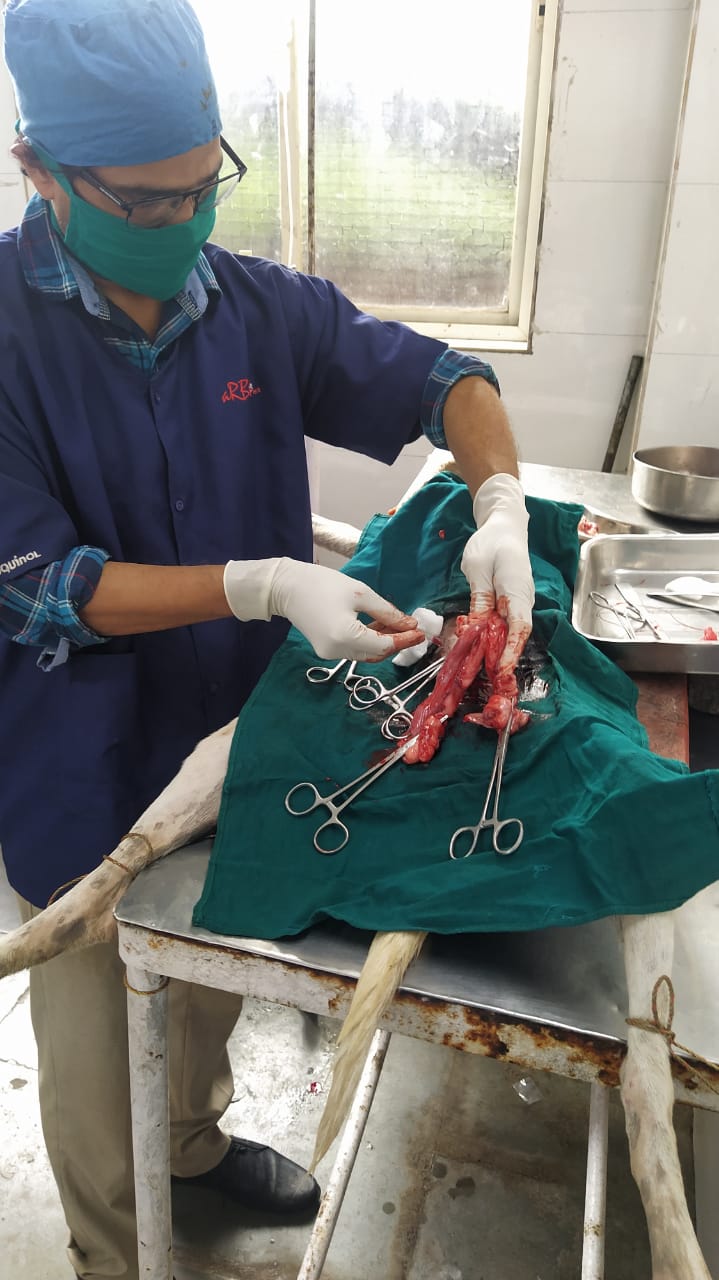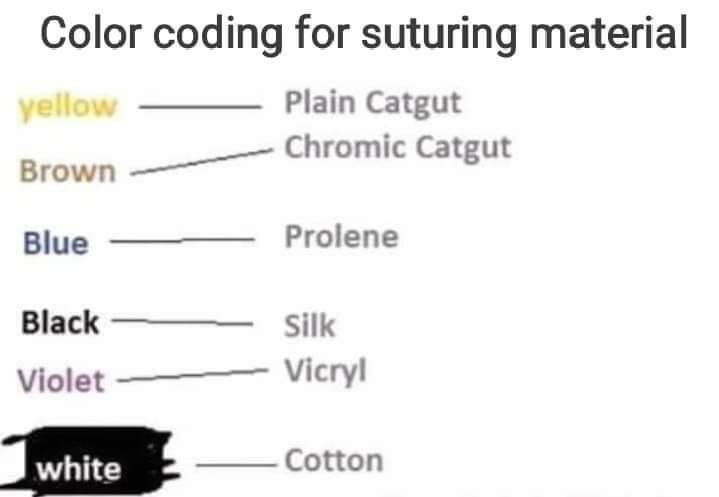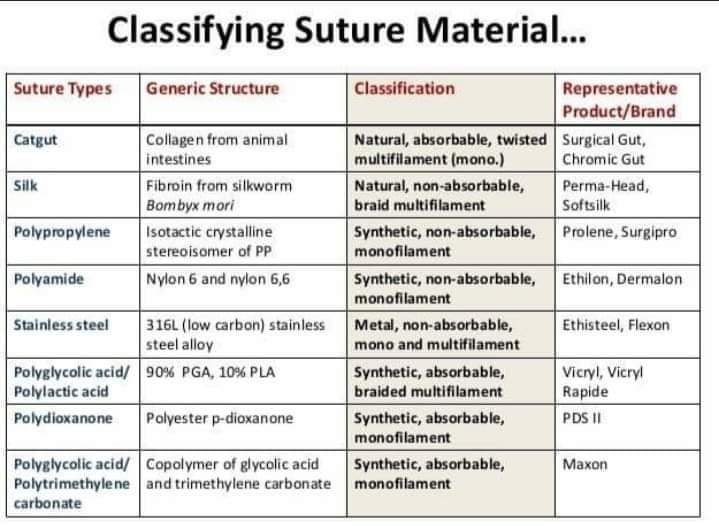IMPORTANCE OF SUTURE MATERIALS IN VETERINARY SURGERY :WHAT, WHY AND WHEN?
By Dr Amit Bhardwaj,
Small &Large animal surgery specialist, Pune
Suture is the most important components in the surgical intervention .
When a junior surgical trainee is asked, “Which suture would you like for skin?”, a common response is “Whatever The Boss likes to use!”.
This answer serves two purposes: It maintains the status quo, but (more importantly) it also covers up the fact that many of us have only a very basic understanding of suture materials. In light of this, following overview will cover the basics of why different suture materials are used, and why it matters!
SUTURE MATERIALS:
The ideal suture material is sterile, easy to handle, strong (along all of its length), resistant to infection and cheap. It also has to behave in the way we want it to, in a consistent manner. As you might imagine, it is extremely difficult to manufacture the ‘perfect’ suture, which is why there is a wide variety of materials available which offer unique characteristics.
SUTURE TYPES ARE BROADLY SPLIT INTO THE FOLLOWING CATEGORIES:
A- Absorbable vs nonabsorbable
B- Braided vs non-braided
C- Natural vs synthetic
SUTURE TYPES
SUTURE CLASSIFICATION
When we use a suture material in the human body we are implanting a foreign tissue into a host. It follows on, therefore, that a tissue reaction within the host should be expected, and can be either an advantage or a disadvantage.
ABSORBABLE VS NON-ABSORBABLE
ABSORBABLE:
Absorbable sutures (e.g. Monocryl, Vicryl, PDS) are broken down by the body over time by processes such as hydrolysis and enzymatic degradation. The amount of time this takes depends on the material, but also the location of insertion and the individual patient characteristics. The absorption rate of a suture can increase in patients with ongoing infection, a fever or protein deficiency.
Skin closure of a clean surgical wound is most commonly achieved with an absorbable suture which provides soft tissue approximation to aid the healing process without permanent implantation of a foreign tissue. Developed in the mid-90s, Monocryl is a monofilament, absorbable suture which is most commonly used in my practice. It has a half-life of 7-14 days, retains approximately 20-30% of it’s breaking strength at two weeks and is completely absorbed at around 100 days. Vicryl is a widely used alternative and differs from Monocryl by virtue of being a braided (polyfilament) material. Braided sutures are useful as they are less likely to loosen at the surgical knot, but they do have a theoretically increased propensity to infection and may cause more of a local tissue reaction.
NON-ABSORBABLE:
Non-absorbable sutures (e.g. nylon (Ethilon), silk, Prolene etc.) are used to provide longer term tissue approximation. They can be used on the skin, and removed at a later date, or used inside the body where they will be retained. Common uses for a non-absorbable suture would include vessel repair/anastomosis, bowel repair, tendon repair and skin closure (where the interrupted sutures would be later removed).
Nylon (Ethilon) and Prolene are both non-absorbable monofilament suture materials which provide good tensile strength with low tissue reactivity and are therefore widely used. Prolene 6-0, for example, is a commonly used option to suture facial wounds where the cosmetic outcome is key, as the low reactivity is thought to cause less scarring. Prolene is also used routinely for vascular anastomoses, abdominal wall closure and in caesarean sections. It is often dyed blue to aid visibility.
DO PEOPLE REALLY USE CATGUT?:
Naturally occurring suture materials (e.g. catgut, silk, steel etc.) are not as commonly used as they once were. Catgut is a good suture material made by twisting together strands of bovine intestine collagen. It boasts excellent handling properties, but is now banned in Europe and Japan due to the risk of disease transmission including bovine spongiform encephalopathy (mad-cow disease).
Silk was used for a wide variety of uses before the introduction of synthetic materials. It is, however, still used to secure surgical drains.
Steel is a sterile suture that can be monofilament or polyfilament. It is still commonly used in orthopaedics for cerclage and tendon repairs, but also in the closure of the sternum (we’ve all spotted this on a chest x-ray).
DOES SıZE MATTER?:
The tensile strength and handling properties are affected by the thickness of the suture thread. Suture materials are therefore manufactured in a variety of sizes. The size (4-0, 3-0 etc.) describes the diameter of the suture strand. It is important to note that the larger the number prefix, the smaller the diameter of the thread. For example, 7-0 commonly used for facial lacerations in plastic surgery is much finer than 1-0 or 0, commonly used to close a midline laparotomy.
So, you’ve chosen your suture material. All that is left is working on your technique and not giving yourself a needlestick injury.





